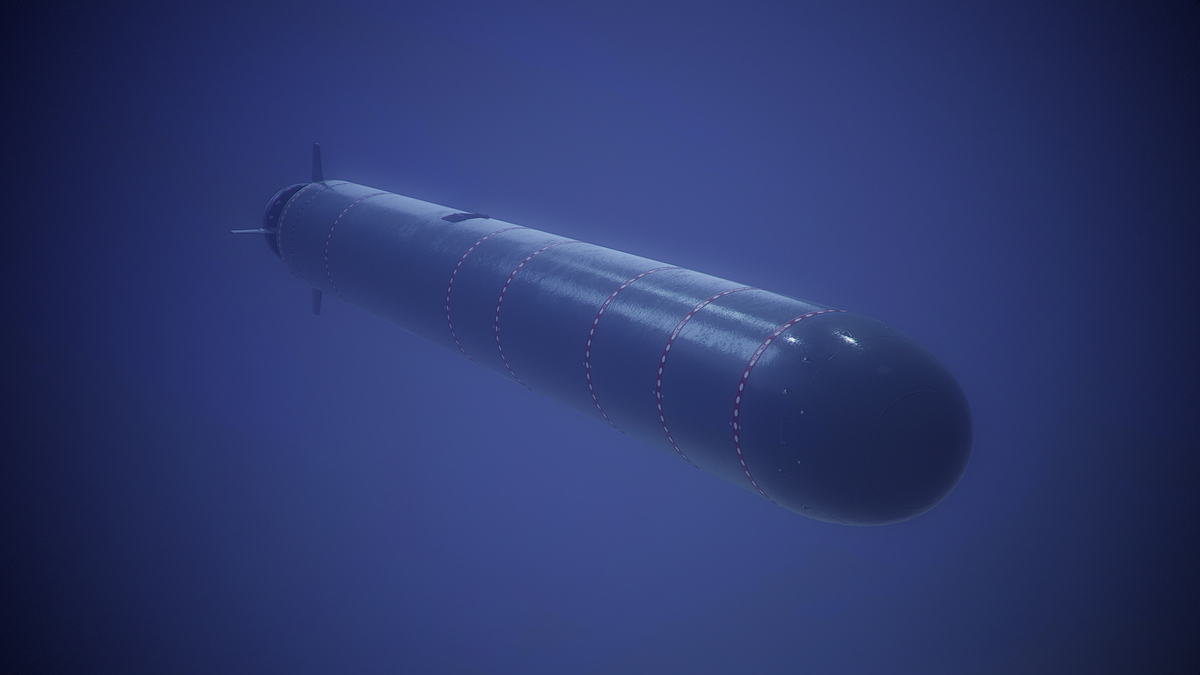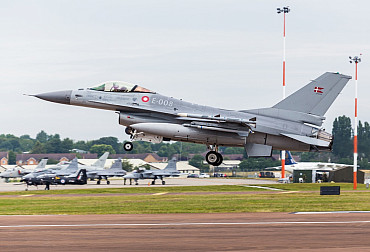Another Russian Nuclear-Powered Weapon System: The Poseidon Underwater Drone
Russia claims to have developed a nuclear-powered underwater drone named “Poseidon,” capable of carrying a nuclear warhead. Hailed as a “revolutionary” weapon by Vladimir Putin, the Poseidon drone joins the list of Russian strategic projects – or propaganda projects?

Described as “unparalleled” by the Russians, this weapon system is causing both fascination and concern in the defense world. Half torpedo, half autonomous drone, it could upset the balance of global nuclear deterrence. Behind the demonstrations of force, experts are questioning the real scope of this technology. With Poseidon, Russia claims to have made a technological leap forward in the underwater field. This system, unveiled in 2018, is said to be capable of traveling at extreme depths and at speeds far greater than those of conventional torpedoes.
Thanks to its nuclear propulsion, it could cover immense distances without refueling. Poseidon is said to be over 20 meters long and powered by a small miniaturized nuclear reactor. If this engine works as advertised, it would allow the drone to cross entire oceans at speeds of around 100 knots (approximately 185 km/h) while remaining difficult to detect. The device could operate at depths of more than 1,000 meters, out of reach of conventional surveillance systems.
Its mission would be primarily strategic: to strike coastal targets and naval bases or cause destructive waves in enemy maritime areas. Some analyses suggest the possibility of a multi-megaton warhead, theoretically capable of generating a radioactive tsunami. However, these claims, reported by the Russian media, are not supported by any independent evidence. Poseidon’s first carrier would be the K-329 Belgorod, a giant nuclear submarine designed to carry several of these drones. Commissioned in 2022, it belongs to the Northern Fleet. According to official Russian sources, a first series of Poseidons was delivered in 2023. This system would mark the dawn of a new era: that of underwater deterrent drones.
Beyond the technical aspect, Poseidon plays a major role in Russian military communications. The weapon symbolizes the Kremlin’s desire to assert its power at a time when relations with the West are experiencing a new phase of tension. By presenting Poseidon as a weapon “without equal”, Moscow seeks to remind the world of its capacity for innovation in the nuclear field. Russia wants to show that it remains capable of defeating any Western missile defense system, even in the event of a global conflict. The idea is simple: a device capable of striking unpredictably from the depths would make any attack on Russia too risky to consider. This principle of asymmetric deterrence strengthens the country’s military posture without the need for direct confrontation.
Despite the official line, many experts doubt the project’s overall feasibility. Miniaturizing a reliable nuclear reactor, ensuring autonomous navigation at very great depths, and guaranteeing the safety of a device armed with a nuclear warhead are all considerable challenges. There is currently no technical evidence to confirm the performance claims made by the Kremlin. Observers believe that Poseidon is as much about technology as it is about psychological strategy. In a context where military communication is an instrument of power, the announcement of an “invincible” weapon is enough to influence the international balance of power, even without proof of its full operational capability.
The Poseidon project illustrates the evolution of nuclear deterrence towards more mobile and harder-to-detect forms. By combining autonomy, endurance, and power, Russia hopes to guarantee a second-strike capability even in the event of a major attack. However, the lack of transparency and the absence of verifiable public tests leave room for doubt. For some analysts, Poseidon remains a political demonstration: a way for Russia to showcase its technological prowess and dominate the defense media landscape. For others, it could herald a real military revolution if its effective deployment is confirmed.









